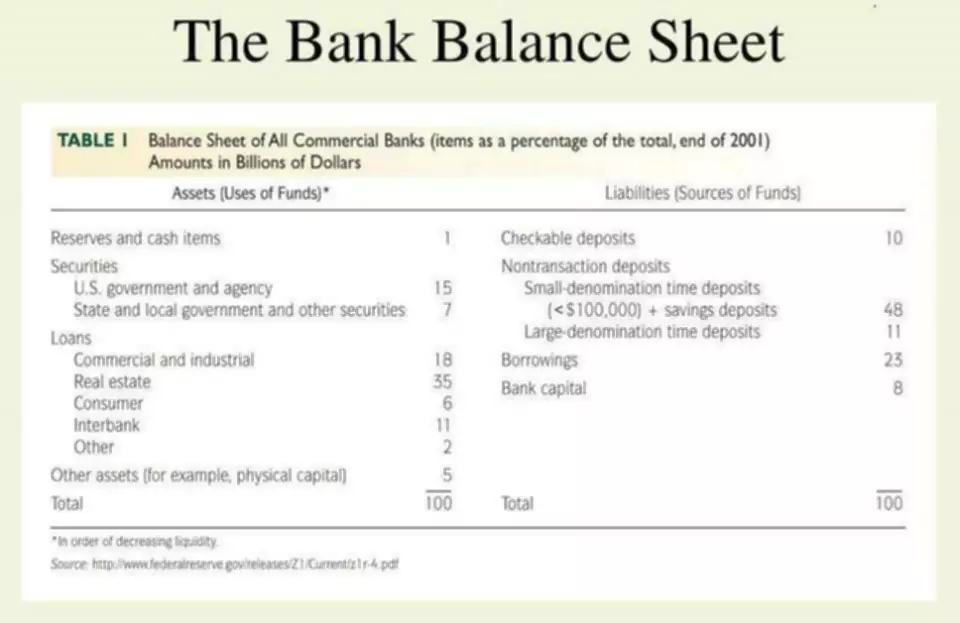Content

In this method, all transactions are recorded using actual cash in and out. The numerical amount of the change in cash resulting from the company’s daily operations is not impacted by this reporting choice. The increase or decrease in cash is a fact that will not vary based on the manner of presentation. The informational value to decision makers, though, is potentially affected by the approach selected. Compute the cash inflows and outflows from common revenues and expenses such as sales, cost of goods sold, rent expense, salary expense, and the like.

As we have seen throughout the article, cash flow from operations is a great indicator of the company’s core operations. It can help an investor gauge the company’s operations and see whether the core operations are generating ample money in the business. If the company is not generating money from core operations, it will cease to exist in a few years. The main reason why a company exists is to earn revenue and create shareholder revenue. This is the prime reason why assessing whether the company has been able to generate cash by operating activities is an important component. As from above, we can see that Apple Incorporation in FY15 has generated $81,7 billion as cash from operating activities, of which $53,394 billion has been generated as Net income. In cash flow from the operation, the starting point would be net income, which will be zero.
Example of Cash Flow From Operating Activities
The selling and administrative expenses included $14,500 for depreciation. On the other hand, if accounts payable (A/P) were to increase, the company owes more payments to suppliers/vendors but has not yet sent the cash (i.e. the cash is still in the company’s possession in the meantime). https://www.bookstime.com/ represents the total amount of cash generated from operating activities throughout a specified period. All the above mentioned figures included above are available as standard line items in the cash flow statements of various companies.

Non-cash add-backs increase cash flow as they are not actual outflows of cash, but rather accounting conventions. As you can see in the above example, there is a lot of detail required to model the operating activities section, and many of those line items require their own supporting schedules in the financial model. In addition, a company’s revenue recognition principle and matching of expenses to the timing of revenues can result in a material difference between OCF and net income. To get a complete cash flow from operating activities picture of a company’s financial position, it is important to take into account capital expenditures , which can be found under Cash Flow from Investing Activities. Arming yourself with a little accounting know-how can keep you in control of your business finances, making sure you stay profitable in the short- and long-term. The amount of inventory acquired during the period was only $238,000 ($250,000 less $12,000). Cost of goods sold has been left to last because it requires an extra step.
What is a cash flow analysis?
If your company is struggling with liquidity issues, closely tracking cash flow from operations may help surface potential issues. Companies that have a negative cash flow from operations may run into liquidity issues and need to seek external funding in order to keep their business afloat. If you’re looking for capital from investors or lenders, it’s likely that they’ll also be interested in looking at your cash flow from operating activities to get a pulse on the viability of the business. Cash flow analysis typically begins with the statement of cash flows, which breaks down cash flows into sections for operating, financing, and investing activities. Analysis includes looking for trends, areas of strong performance, cash flow problems, and opportunities for improvement. After all adjustments to net income are accounted for, what’s left over is the net cash provided by operating activities, also known as operating cash flow.
How do you calculate cash flow from operating activities?
There are two methods of calculating cash flow from operating activities: the direct method and the indirect method. The direct method looks only at the cash that came in and out during a given period, while the indirect method starts with a company’s net income and adds back in non-cash expenses and subtracts changes in working capital.
Cash flow management is important to many businesses and as such, it is important to understand how operating cash flow is impacted by net income. Operating cash flow is represented in the statement of cash flows and is the first section before cash flows from investments and cash flows from financing. These accounts reflect investing and financing activities and the resulting cash flows are reported in those sections rather than within the operating activities. These timing differences occur because accrual accounting is required by U.S.
Drive Business Performance With Datarails
Small businesses and large enterprises alike should understand their cash flow and cash position with regular check-ins. NetSuite helps you achieve better results through automated reporting, machine learning and AI-driven analysis, and extensive financial analysis tools to give you accurate, timely information about your business. Cash from operating activities represents cash received from customers less the amount spent on operating expenses. In this bucket are annual, recurring expenses such as salaries, utilities, supplies and rent. A business may be profitable and still experience negative cash flow or lose money and experience positive cash flow.
- You probably already use accounting software, which automatically tracks your debits and credits and generates cash flow statements.
- When its outflows are higher than its inflows, the company’s cash flows are negative.
- To perform a cash flow analysis, you must first prepare operating, investing and financing cash flow statements.
- The other two classifications used in the statement of cash flows are investing activities and financing activities.
- Adjustments for unconsolidated entities will be calculated to reflect funds from operations on the same basis.
The same treatment will be done for an increase in other current liabilities. It means that an increase in the current liabilities should be added to the operating profits. Cash flow is an overall measure of the cash and cash equivalents moving in and out of a business. Cash flow from operating activities is one type of cash flow tracked by companies on a cash flow statement. The other two types of cash flow are cash flow from investing activities and cash flow from financing activities. Earnings before interest, taxes, depreciation and amortization or just EBITDA is a kind of operating income which excludes all non-operating and non-cash expenses.
Cash Flow Analysis Is Critical for Every Business
Operating cash flow is the amount of cash generated throughout the normal course of operations. It is an indicator as to how well the business is able to create and maintain sufficient cash flows. Operating cash flow is reconciled to operating activities, which are the primary revenue-generating activities of a business. The example cash flow statement below, prepared using the indirect method, shows only the cash flow from operating activities section. While most businesses now use accounting software that will calculate cash flow from operations automatically, it can still be helpful to understand the formula and the inputs that go into the calculation.
Cash on hand determines a company’s runway—the more cash on hand and the lower the cash burn rate, the more room a business has to maneuver and, normally, the higher its valuation. If balance of a liability decreases, cash flow from operations will decrease.






Leave A Comment